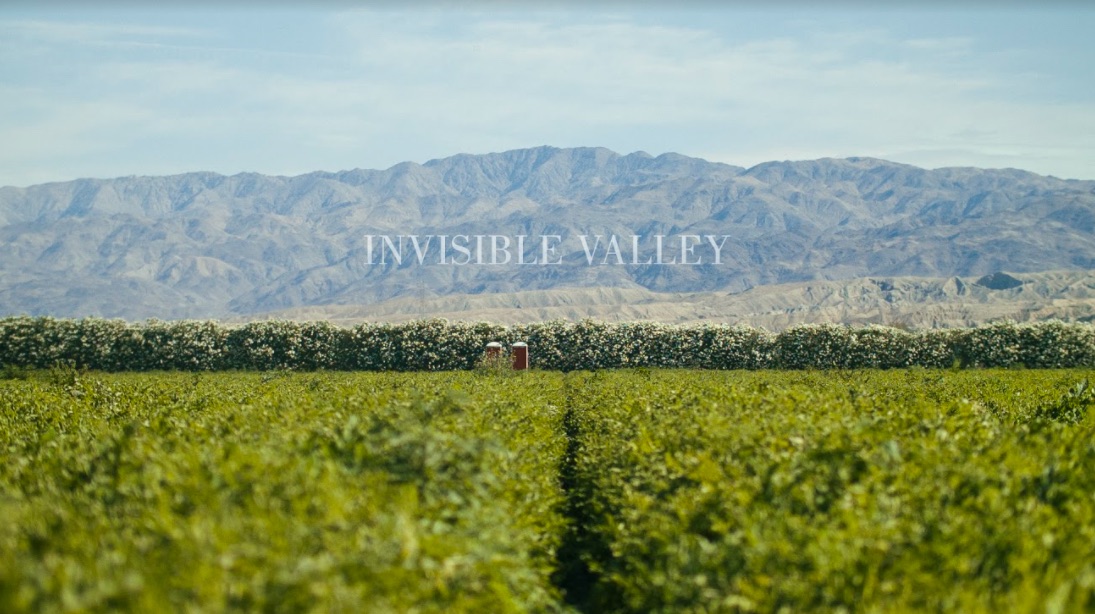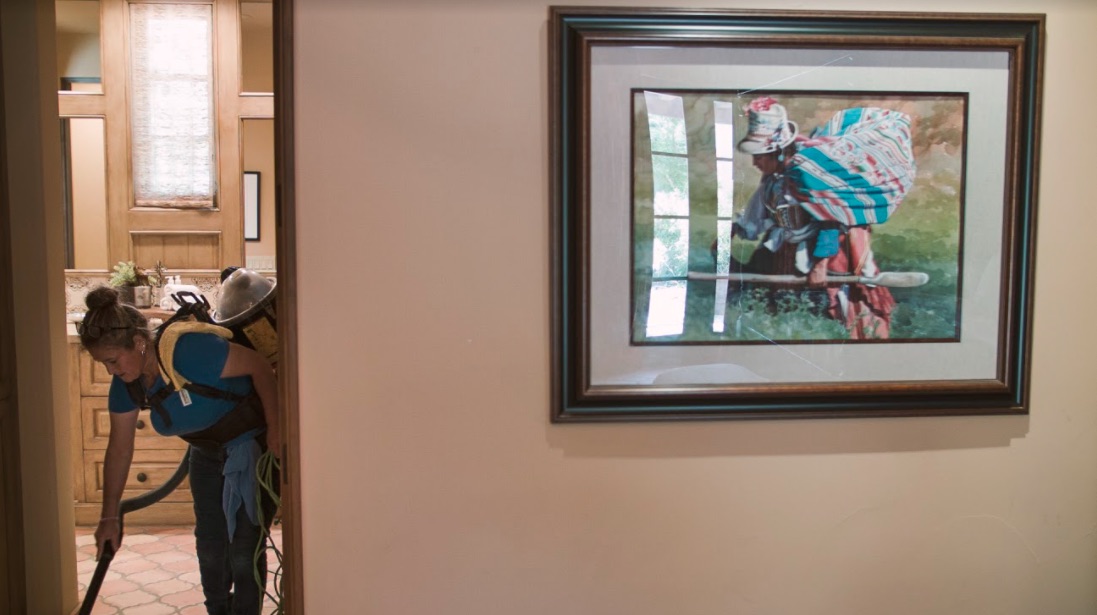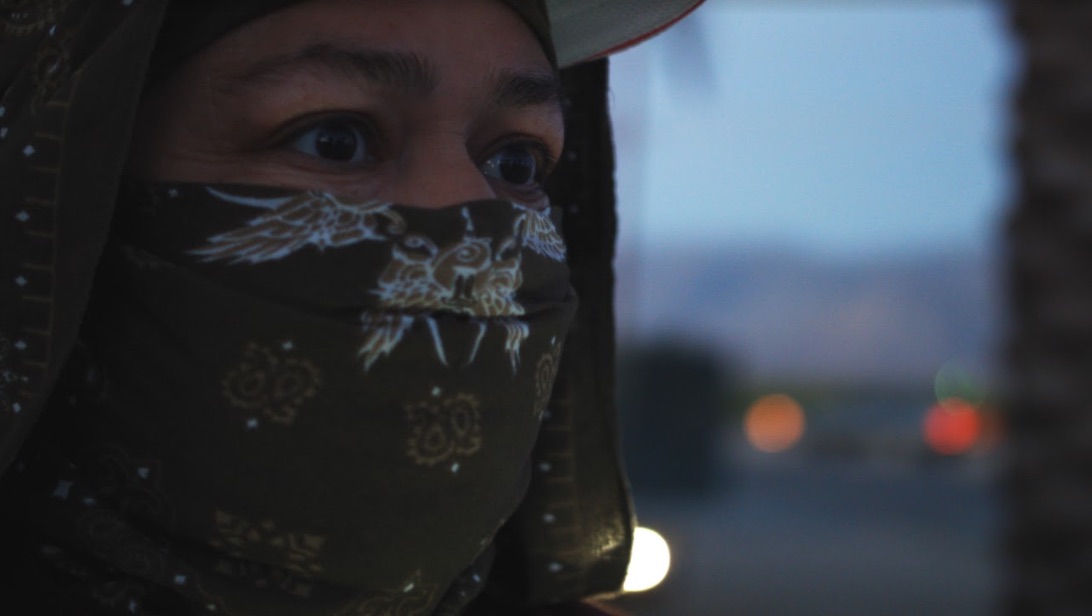SBIFF Opening Night Film: Invisible Valley
Director Aaron Maurer and Producer Zachary McMillan Discuss Coachella Valley Documentary

Director Aaron Maurer and Producer Zachary McMillan Discuss Coachella Valley Documentary

The Santa Barbara International Film Festival never shies from highlighting complex issues on the big screen, and this year’s opening night selection throws the cultural conundrums and economic disparities of a familiar corner of California right into the headlights.
Showcasing the Coachella Valley — which, much like Santa Barbara, is a land of both wealthy semi-residents and migrant farmworkers — the documentary Invisible Valley tells the tale of one farmworker family that’s trying hard to stay in one place while showcasing the efforts of a nonprofit and goodhearted individuals to improve conditions for many more. Set against lush golf courses, massive but mostly empty Palm Springs mansions, and, of course, the raucous fun of the Coachella music festival, it’s a moving portrait made ominous by the degrading state of the Salton Sea, an environmental disaster that hints at a more dire future.
Shot mostly in 2017 and 2018, this is the first documentary for director Aaron Maurer and producer Zachary McMillan, New York City residents who have been friends since elementary school in Minneapolis. We spoke about the film earlier this month.
What drew you to making a documentary about the Coachella Valley?
Zachary McMillan: It is a surreal place. Even visually, it is surreal. I had only known it through the music festivals, golf courses, Palm Springs, and all that. Literally across the street from that, in some instances, it is agriculture. it’s farmland, it’s field workers. You enter the eastside of the valley, and it’s a totally different world.
Aaron Maurer: We started with the idea to look at things from a different perspective. What if we look at everybody in this valley as migrating? Immigrant workers move for harvest season. Snowbirds come for winter. The Coachella party kids come every year for the festivals. That allowed us a different way in and a way to level the playing field. What we knew we wanted to do right away was look at the lives of the migrant farmworkers in relation to the rest of the valley.


Courtesy of SBIFF
How did you gain such intimate access to your subjects?
ZM: We are two white guys coming in with cameras; you can imagine that there is gonna be some resistance. Once we met some people that actually trusted us, that was the golden ticket. But that took a really long time.
AM: Once we were introduced to Marisela and her family, they were so quick and so warm and so willing. It was really striking how comfortable they made us feel and how, every time we came, they said, “Let us feed you.” People with so little were so quick to give, which was not always the case on the other side.
ZM: The asymmetry — you would think people who are undocumented and have everything to lose would be the most reticent, and yet they made us feel like family. On the other side, it was often just like, “Gate’s closed, no, this is not happening.”
But you don’t make the rich snowbirds out to be bad guys. They seem genuinely caring and interested in their neighbors.
AM: If you’re going to cut from a family in a trailer park to someone living in a gorgeous space, how do you frame these things without vilifying someone for having money? It seems like a cheap hit, and it’s not really real. Things are not black and white, and it doesn’t represent reality. It was a real goal for us to keep a balance here.
ZM: That story has been told so many times: a wealthy, entitled person ignorant to everything and what that cascades into. That story has been done ad nauseum. So it’s tricky. People want a film that has a clear villain and hero, even in documentaries these days. It’s often cookie cutter. Trying to resist that was important to both of us.

What do you hope viewers take from this film?
AM: We would love for people who see this to have a little more awareness and think a little bit more about the communities living across the street from them, about those places you walk past every day but never have considered; to reframe your thinking around these other communities that may be right next to you and may seem very different, but in fact probably share a lot more than we realize.
ZM: The invisible valley exists everywhere. It’s not just the Coachella Valley. This is a parable, and hopefully asking questions that seem applicable to anybody anywhere.
See sbiff.org for details on opening night.
Please note this login is to submit events or press releases. Use this page here to login for your Independent subscription
Not a member? Sign up here.
You must be logged in to post a comment.